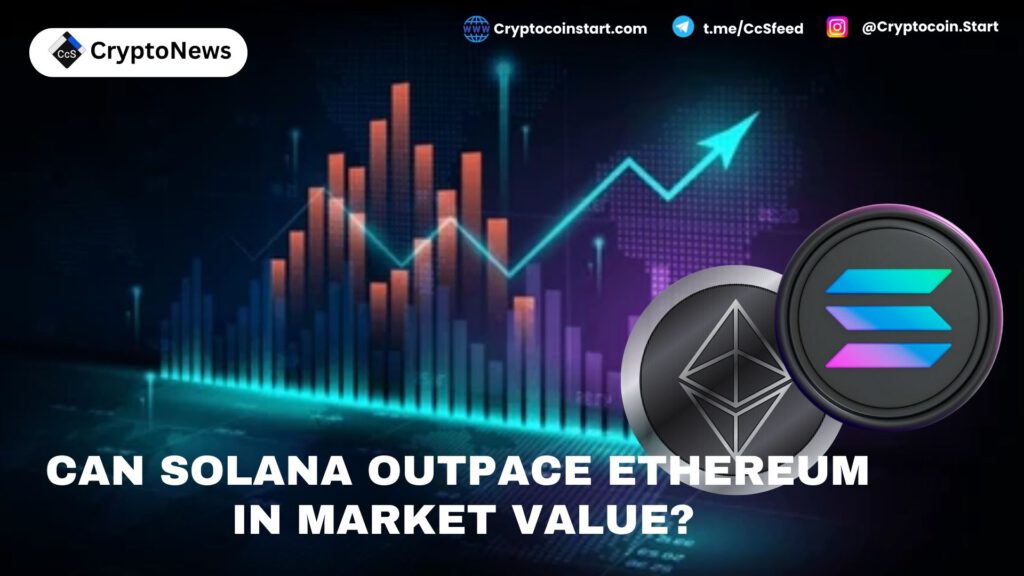
What Are the Observations on Solana’s Transactions?
Sygnum’s analysis highlights that a significant portion of Solana’s transactional activities stems from meme coin trading. This observation may hint at a restricted scope of applications for Solana, raising questions about its long-term viability beyond speculative trading.
The reliance on meme coins for transaction volume suggests that while Solana is gaining traction, it might still be vulnerable to market whims. The implications of this trend could mean that Solana needs to diversify its use cases to ensure sustainable growth.
Is Institutional Interest Shifting Towards Solana?
One of the most significant developments in the crypto landscape is the recent adoption of Solana by major financial players. For instance, PayPal has integrated Solana for stablecoin transactions, with a senior official asserting that “Ethereum is not optimal for payments.” This endorsement highlights Solana’s efficiency and cost-effectiveness, particularly for transactional purposes.
Similarly, Visa has also integrated Solana for its USD Coin transactions, further underscoring the blockchain’s growing relevance in the financial sector. These developments indicate a shift in institutional interest, potentially favoring Solana over Ethereum in specific use cases.
Key Developments Supporting Solana’s Growth
Several key developments point to the increasing adoption of Solana among traditional financial institutions:
- PayPal: Recently adopted Solana for stablecoin transactions.
- Visa: Integrated Solana for USD Coin transactions.
- Franklin Templeton: Planning to launch an investment fund on the Solana network.
- Citi: Evaluating Solana for international payment solutions.
These advancements signify a growing trust in Solana’s capabilities, positioning it favorably against Ethereum and other competitors in the blockchain space.
Market Capitalization: A Comparative Analysis
As of now, Ethereum’s market capitalization stands at $291.6 billion, while Solana’s is significantly lower at $67.1 billion. This disparity indicates substantial growth potential for Solana, especially as it attracts more traditional financial institutions looking for scalable solutions.
The scalability advantages offered by Solana, including high transaction speeds and lower fees, could be pivotal in its quest to capture a larger market share. Financial institutions are increasingly looking for efficient blockchain solutions, and Solana’s architecture may be able to meet these demands.
The Future Outlook for Solana
Given the growing institutional interest and recent advancements in adoption, the future looks promising for Solana. Its ability to facilitate transactions at a lower cost and higher speed than Ethereum may attract further investment and usage, particularly in areas like stablecoins and tokenization.
However, for Solana to maintain its momentum, it will need to prove its long-term viability beyond speculative trading. Diversifying its use cases and encouraging more applications that utilize its smart contract capabilities will be crucial for its sustained success.
Conclusion
In summary, recent evaluations suggest that Solana could potentially outperform Ethereum in certain aspects, particularly in smart contracts and institutional adoption. While there are concerns about the authenticity of its transaction metrics, the increasing interest from major financial players highlights its potential.
As the cryptocurrency landscape continues to evolve, Solana stands at a crossroads. With its competitive advantages and growing institutional trust, it has the opportunity to carve out a significant share of the market. However, it must also address its reliance on meme coin trading to ensure long-term sustainability.
Ultimately, the competition between Solana and Ethereum will be closely watched by investors and industry professionals alike, as both networks strive to meet the demands of an ever-changing financial ecosystem.

